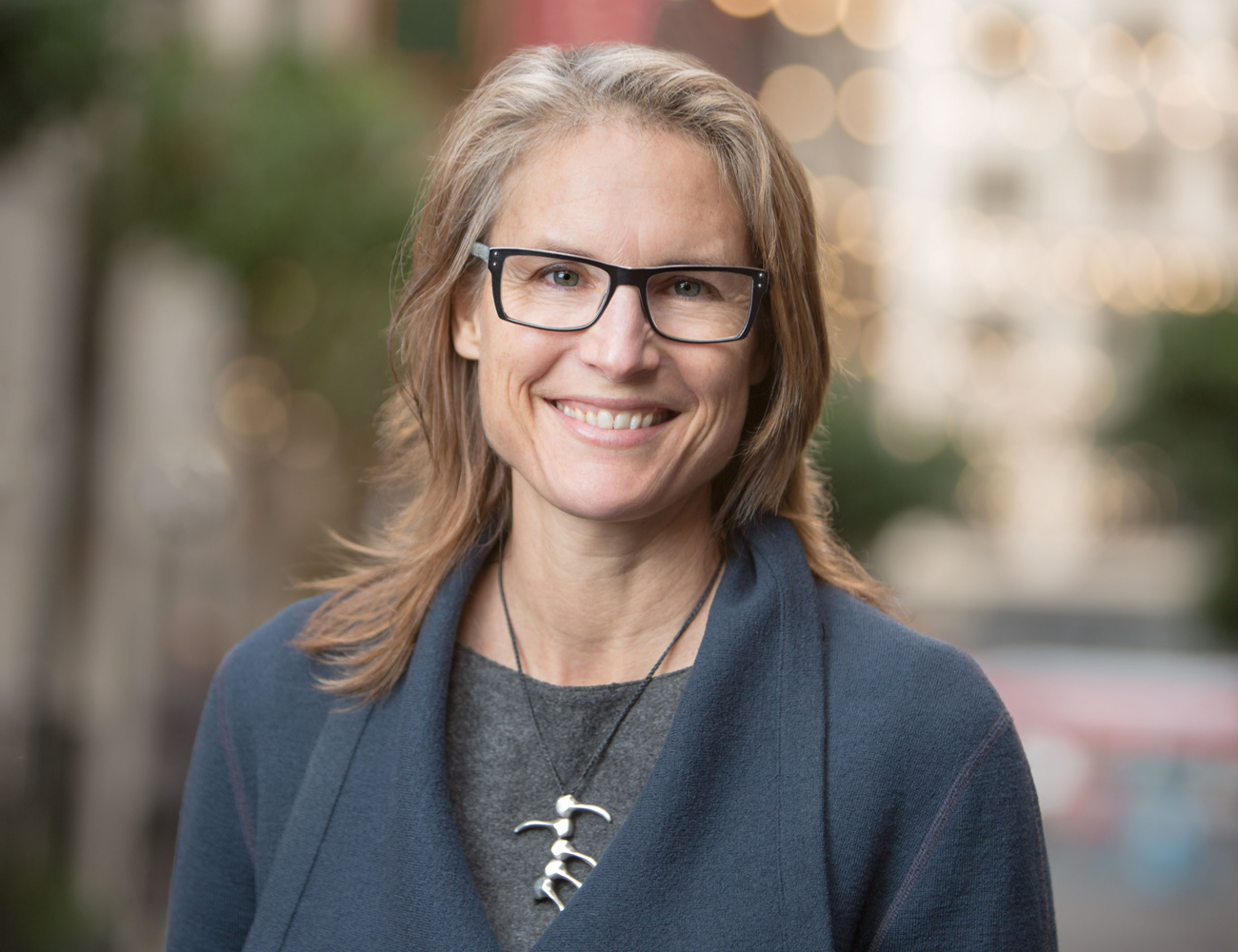
Location:
Greenbuild
San Francisco, CA
Speaker:
Date & Time:
11.02.2022 | 11:30 am–12:30 pm
Reducing inequities in our built environment is a critical challenge for our industry. How can we navigate the complex pathways that have been institutionalized over generations? Can we learn from our industry’s experience defining and addressing embodied carbon to explore how and where social inequities are embodied in today’s project design, delivery and operation? How can practitioners incorporate this understanding into their practice?
Join Mithun partner Anne Torney, Howard University professor Bradford Grant, T.H. McClory LLC founder Taidgh McClory and U.S. Green Building Council (USGBC) director of health research Kelly Worden for “Embodied Equity: A Radical Shift Toward Inclusion in the Built Environment” to explore the scale and significance of embodied equity in the built environment, its root causes and compounding factors, and the magnitude of impact on social equity outcomes.
Drawing on the multi-year Centering Health Equity research initiative, panelists will share an emerging framework to guide exploration of these topics, and to empower practitioners across multi-sector fields to move our practice from being part of the problem towards inclusion.
Dimensions of social equity, including racial and gender equity, manifest within the built environment in various ways. The delivery of projects provides opportunities to promote PROCEDURAL EQUITY and inclusive decision-making. The performance of projects influences DISTRIBUTIONAL EQUITY of fundamental resources and stressors by influencing access to food/water, clean air, movement, shelter, safety. The policy environment that governs our industry (land use, transportation, resource management, fiscal, utilities) provides an opportunity to promote STRUCTURAL EQUITY by developing equitable policies informed by our history of inequitable impact. And finally, building on the environmental focus of green building allows us to promote TRANSGENERATIONAL EQUITY by avoiding the placement of unfair burden on future generations.
These layers of impact and influence can be challenging to address in daily practice. This session will look at practical examples, as panelists share specific examples of how embodied equity manifests in the chain of custody within built environment projects, from planning and financial structure through design, built and operation.
Date Posted: 11.02.2022